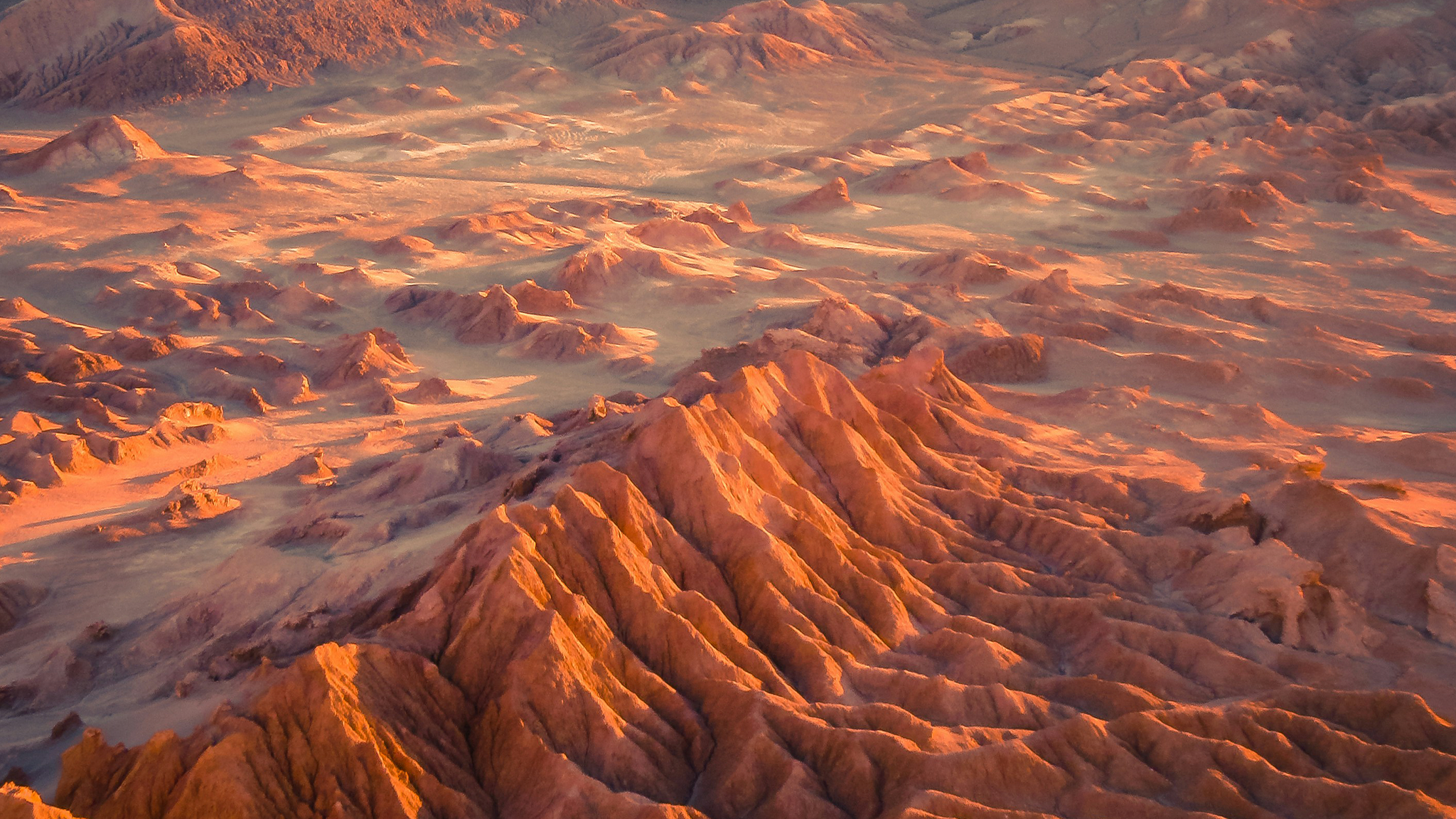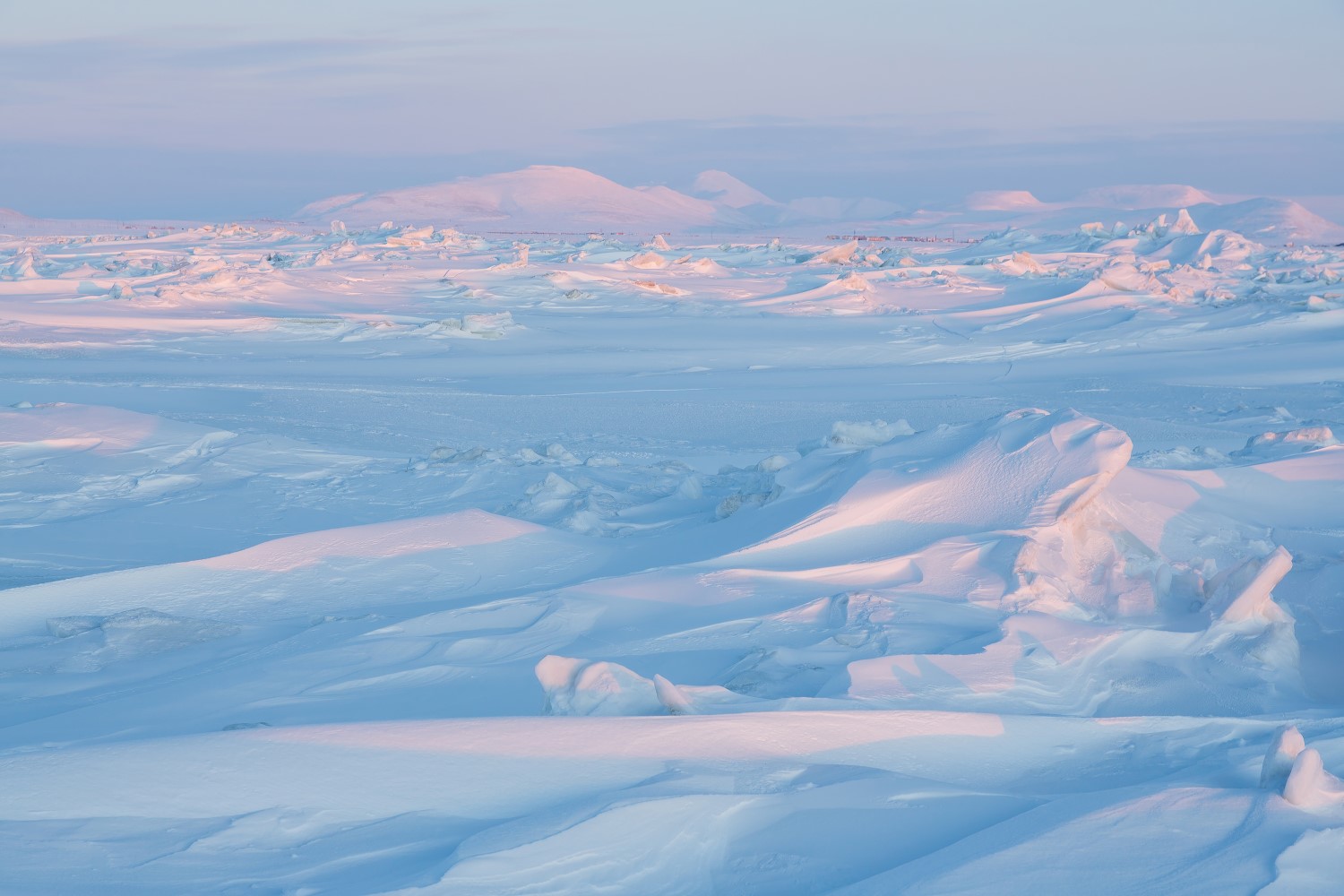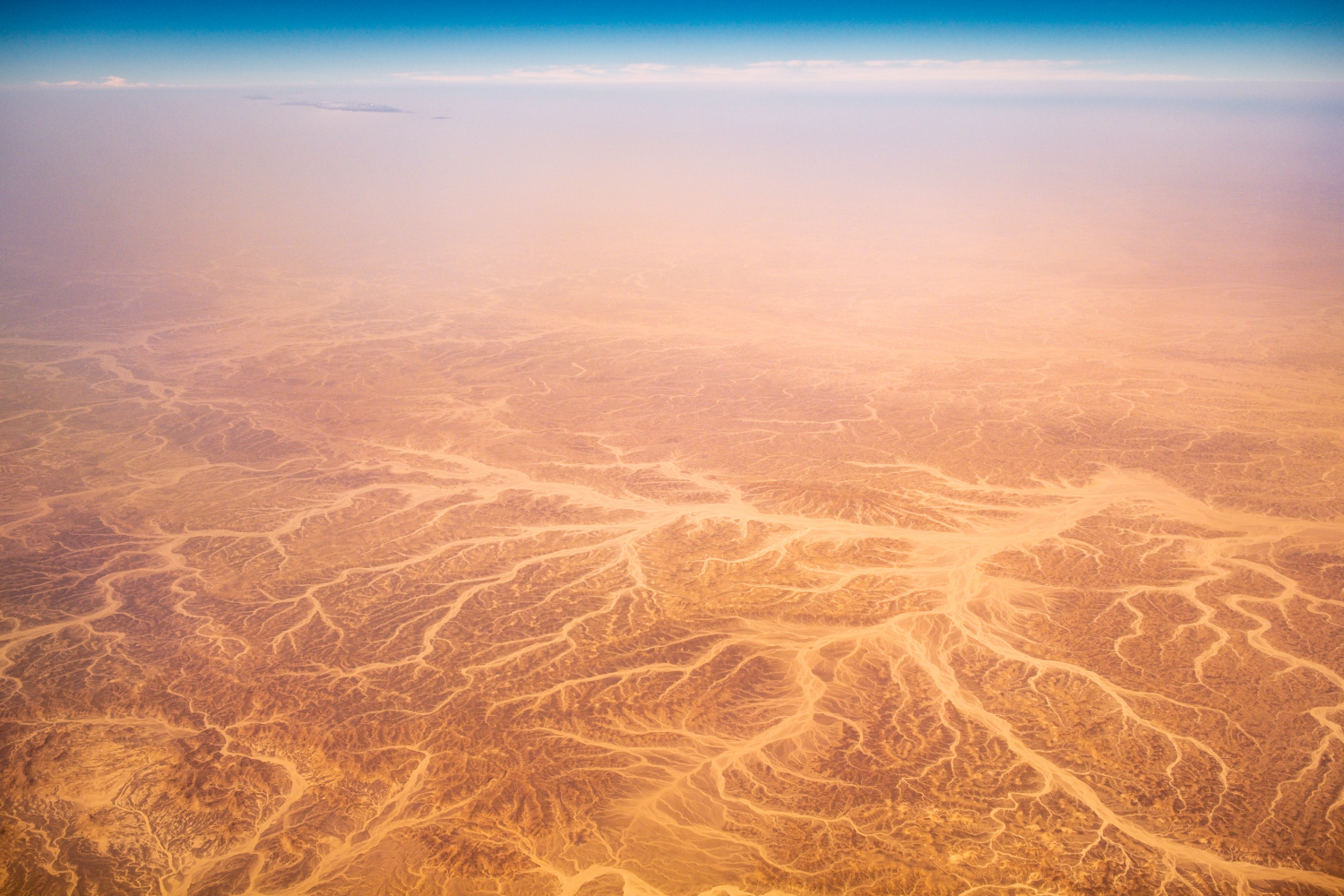Fields of the future: where will tomorrow’s harvests be grown?

Our current food system has created certain breadbasket regions around the globe. These are countries and areas that receive a lot of sunlight and rainfall and are also blessed with rich soil. In other words, regions optimal for agriculture.
Examples of such corners of the world include the plains of South America where vast amounts of livestock graze, the United States Midwest and its endless fields of golden grain, and many countries in Southeast Asia, where rice is the dominant crop. Beyond land, the global oceans represent another major protein source, especially in warmer climes.
High agricultural potential can, however, be a double-edged sword for a region. Intense farming can outpace an area’s natural water supply, leading to the gradual depletion of groundwater reserves. In many areas, more farmland can only be created through the clearing of rain forests, dealing heavy blows to the local biosphere. And when it comes to fishing, the global catch peaked approximately 20 years ago and has been trending downward ever since.
This is why we need to rethink our systems and re-imagine the bounds of where food production is possible and viable. Innovations like Solein® are the key element helping us draw that new map.
Electrifying new harvests
Solein production does away with traditional agriculture’s requirements: vast areas of fertile soil, ample reserves of water, and hours of sunlight are not necessary for this novel protein to grow.
What Solein needs is energy. This turns the traditional paradigm of breadbasket regions on its head. Dry, rugged regions inhospitable to livestock husbandry or crop farming can yield bountiful harvests so long as the energy supply is in place and properly channeled.
Let’s take some examples. The Sahara is the world’s largest hot desert and one of the areas on Earth that sees the least rainfall. For traditional agriculture, those would be complete non-starters – but looking through the eyes of Solein production, the Sahara is a huge untapped opportunity. The desert has plenty of space for solar energy plants that would generate the energy needed to operate a Solein factory.
Another example from the other end of the spectrum is Greenland. While the freezing glacial areas are not ideal for solar power, they hold huge potential for wind energy. And similarly to the Sahara, there’s no lack of land area.

In many ways, energy is the key factor shaping which areas will be the protein hubs of tomorrow’s food industry. Solar Foods is focused on food tech, but you could also look at us from a different angle: we are a clean tech company that happens to be in the business of food.
Chile, a sweet spot for future foods
Another major pin on the new map of food production is likely to be Chile. Solar Foods was recently invited to attend Congreso Futuro, one of Latin America’s largest conferences focused on new innovations and futurism. Arttu Luukanen, Solar Foods VP Space & Resilience travelled to South America, speaking at the conference and representing our foodtech vision at the event.
While in Chile, Arttu also visited the Atacama Desert and the Atacama Large Millimeter Array Observatory (or ALMA Observatory) located there. ALMA is located over 5 kilometers above sea level. The desert is already one of the driest places on Earth, and the high altitude means there is less water vapor in the atmosphere; this results in an unperturbed view of the skies that allows for unparalleled views of distant objects in the universe.
The Atacama – and the nearby Antofagasta region – could also be future protein hubs. Chile has a great deal of potential to produce green energy. Furthermore, this is not limited to just the desert’s power sources of wind and solar: because of the region’s intense volcanism, the country can also tap into geothermal energy. Chile has ambitious aims to increase the use of renewable energy sources and achieve carbon neutrality before 2050.
To support these opportunities, the country also has another pillar integral to make the most of future innovations: an educated population. The Atacama Array? Operated mostly by local engineers, astronomers and crew. The Congreso Futuro event? Full of youth and students, learning about the latest technological and scientific advancements. Chile is determined to solve the challenges of the future – even prosper.

New players, new resilience
The future of what we eat will involve a major rearrangement: non-agricultural organizations will become increasingly involved in food production. This might sound strange and scary at first, if your livelihood is entwined with traditional farming, but it genuinely doesn’t need to be.
Alternative proteins and cellular agriculture won’t replace grain, beef, or eggs; they will complement each other. As new protein sources with a lower environmental footprint come into the picture, it becomes possible to rethink the price of meat, dairy and vegetables. A juicy steak will still be available, but it will become a premium product. The amount of meat produced might dip, but the profit farmers receive would grow.
In addition to this development, food production will become increasingly decentralized. We will still have production sites and factories that yield thousands of tons of food and millions of meals annually, but we will also see smaller production units.
A Solein biogenerator the size of a shipping container could grow protein to support the food security and resilience of a community a few hundred people strong. This is not a necessary or even desirable approach in megacities or densely populated areas, but in remote villages, research bases, or other isolated communities it could solve many problems. The food production map needs both shining beacons and smaller blips of light.
Redrawing the food map grows everyone’s slice of the pie
It is difficult to say for certain where the food of tomorrow will be produced, and who will be the biggest winners of the future. What seems more likely is that everyone has something to gain: nourishment will be more widely available, means of production will be more flexible and harvests more predictable, and the carbon footprint of global food production will be more manageable.
Access and a willingness to make use of green energy combined with a skilled populace are the elements that will unlock completely new food production opportunities of the coming decades. Geographical coincidence will play a lesser role in where new, exciting food hubs will be born – if humanity is ready to embrace this change.
See our vision for the New World Food Map here
Watch the Solar Foods Manifesto video here


